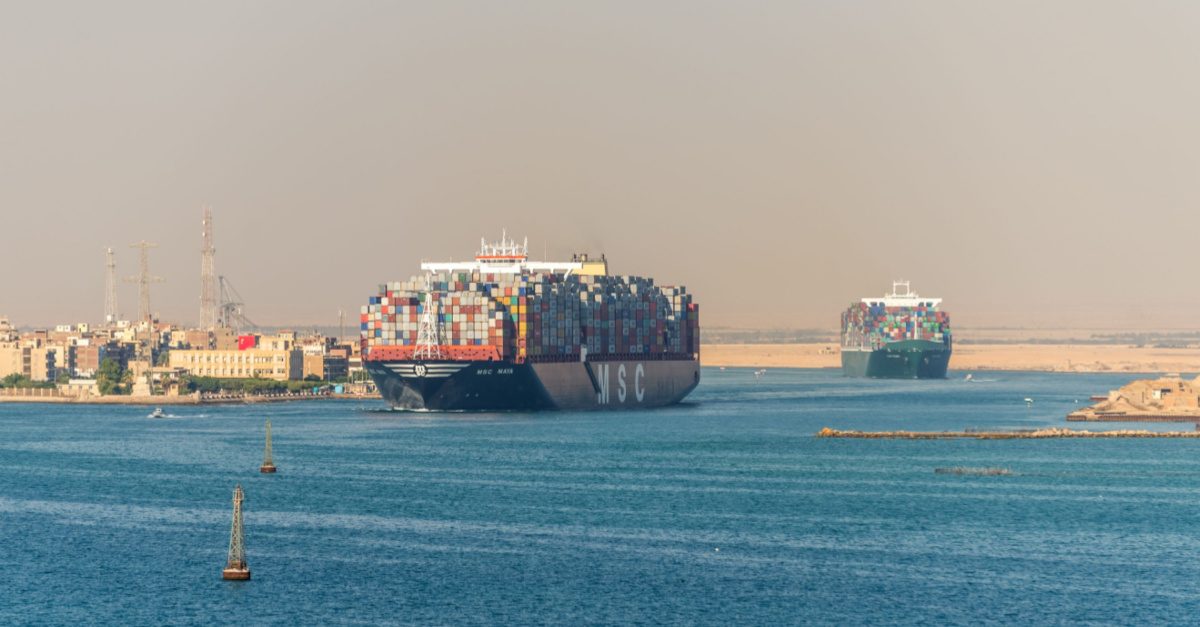
Shipping containers are an essential part of the global shipping industry. They make it possible for goods to be shipped worldwide safely and efficiently. To ensure that these containers are properly used, shippers and receivers should know the best transport practices. Here are our top 5!
Know Your Container
These are the different types of shipping containers:
- Dry storage containers
- Flat rack containers
- Half height containers
- Open side storage containers
- International Organisation for Standardisation (ISO) refrigerated containers
- Open top containers
- Special purpose containers
All these come in various shapes and sizes, ranging from 10ft to 40ft shipping containers. It’s essential to understand the type of container you’re dealing with to know how best to handle it.
Stuffing
Stuffing is the process of filling a container with cargo. This should be done carefully because if the cargo isn’t packed correctly, it can be damaged or destroyed during transportation. When stuffing a container, it’s essential to use protective materials like blankets and bubble wrap to keep your goods safe.
To protect against water and dust damage, it’s best to wrap some cardboard around each item you’re transporting before putting them into the container. You should also ensure that your cargo is completely dry before packing it in a crate or box.
Another vital thing to remember when stuffing shipping containers is to ensure that your goods are accessible and easy to remove from the storage crates once they arrive at their destination. This minimises the risk of damage.
Container Inspection
When receiving or sending a container, there are three main areas to inspect:
Damage
Check for any dents or holes in the walls of your shipping container. Make sure there’s no damage to its structure, including bent doors and any missing bolts or screws. If there’s damage, be sure to document as evidence that it existed before your shipment left port or when it arrived.
Security
Before loading up your cargo, check for signs of tampering with both locks on each end of the door and inside handles and hinges. If any have been tampered with, then someone could have entered first. Always immediately report this type of issue to the authorities.
Cleanliness
Inspect all surfaces inside and out—including floors, ceilings, and walls—for evidence of pests such as termites or ants. They may have gotten into shipping containers while sitting in storage yards waiting for pickup. Also, make sure there are no signs of dirt. This includes things like food scraps lying around from previous shipments, as these could attract pests later.
- Stowage
Stowage of containers is an integral part of the shipping process, and it’s what most people think about when transporting a container. How you stow your containers will significantly affect their performance during transport, so make sure it’s done correctly.
The first step in stowing is to ensure that all items are securely fastened down or packed into place. This includes anything from furniture to electronics and even small tools or equipment like hand trucks or wheelbarrows.
Proper stowing helps avoid any damage caused by shifting cargo during transit. It also prevents items from moving around within the container itself and causing damage to other things inside. Consequently, this could result in additional costs once they reach their destination.
Lashing
Ensure that lashing is done correctly to avoid unnecessary damage to your goods. Lashing is the process of securing your shipping container to a vehicle. It ensures that your container won’t move or tip during transport, which could damage its contents and other vehicles on the road.
Lashing is required for shipping containers because they’re heavy and don’t have weight transfer systems like cars. You must use ropes and chains with a lashing jack to transport them safely. A lashing jack is a tool to secure containers by attaching and tying them tightly, so they don’t shift around while being transported.
Safety Measures
Always ensure correct safety measures are practiced when handling shipping containers. Such measures include using the designated cranes to lift the container and the correct hardware to secure containers.
In addition, it’s essential to use tie-down points and methods that comply with local laws and standards, such as:
- Tie-down points on all four corners of a container correctly placed.
- Correctly positioned tie-down length that’s typically 1/3 of the length of a container when securing with straps.
- The angle, usually 90 degrees, between cargo restraint devices and top corner restraint device also should be correctly positioned.
Takeaway
Shipping containers are an excellent choice for transporting goods. However, you need to be aware of the risks that come with transporting them. Due care is required, whether you’re a road, air, or sea transporter.

